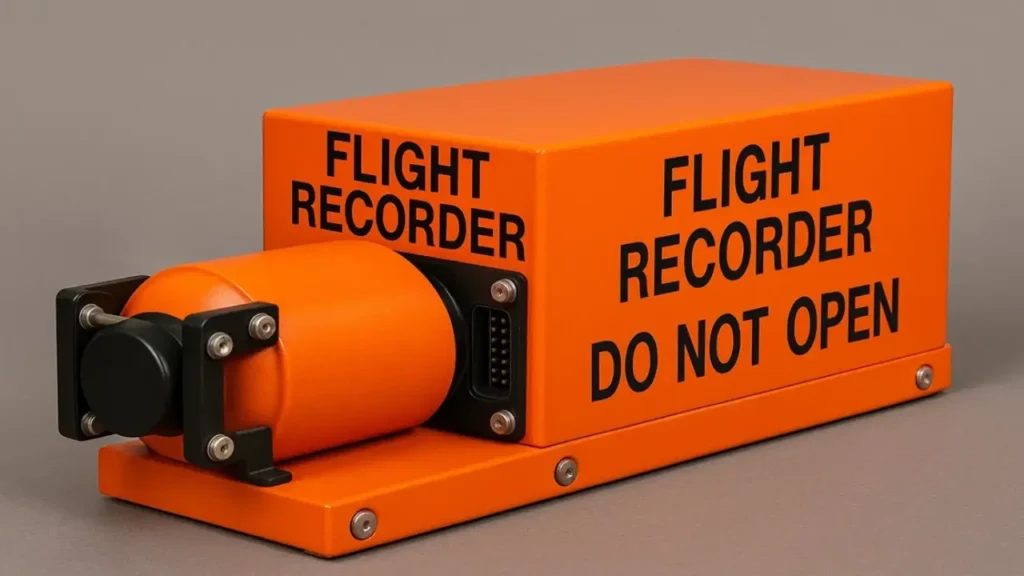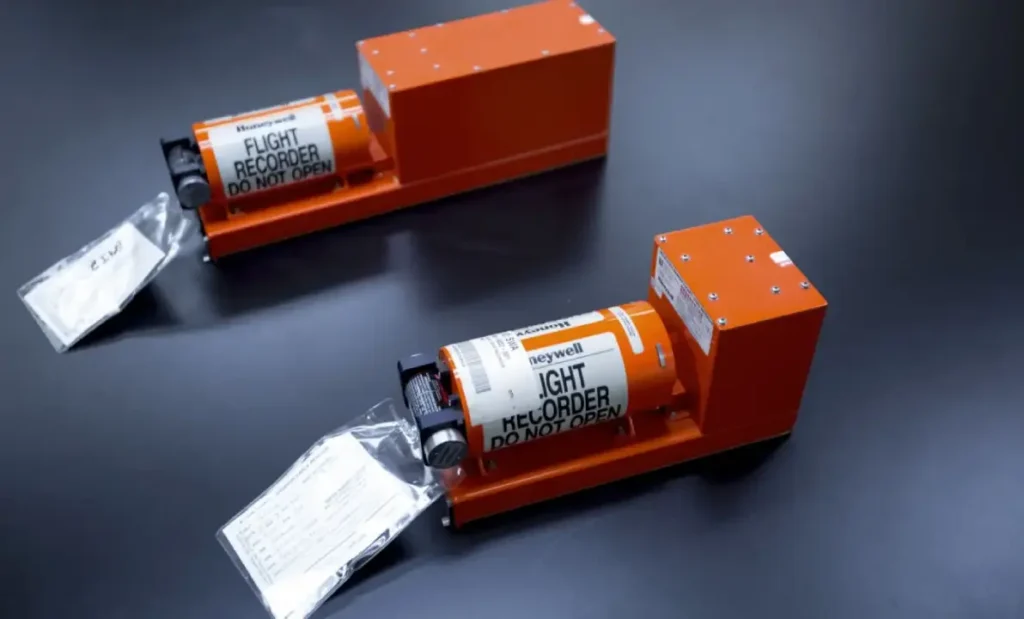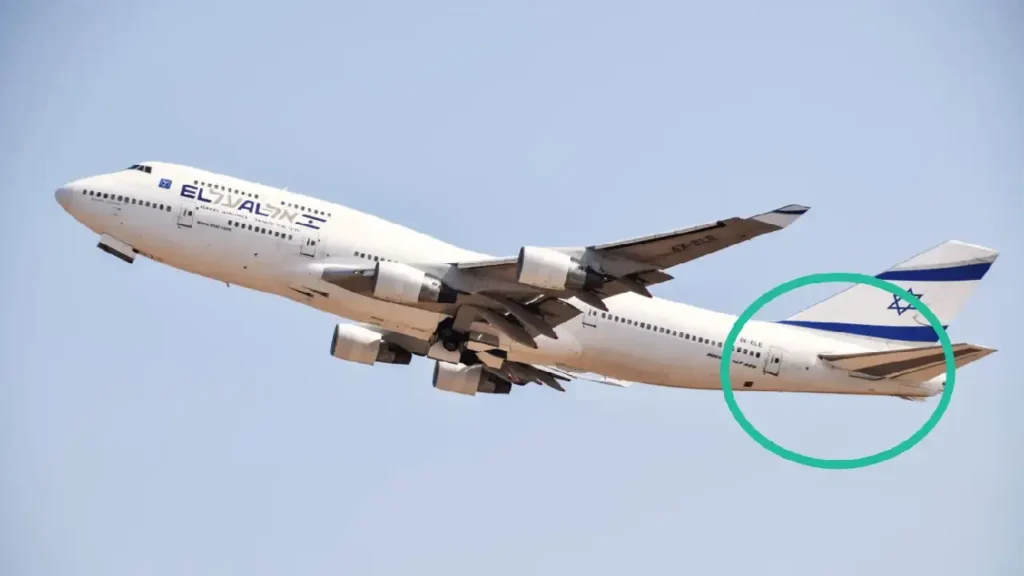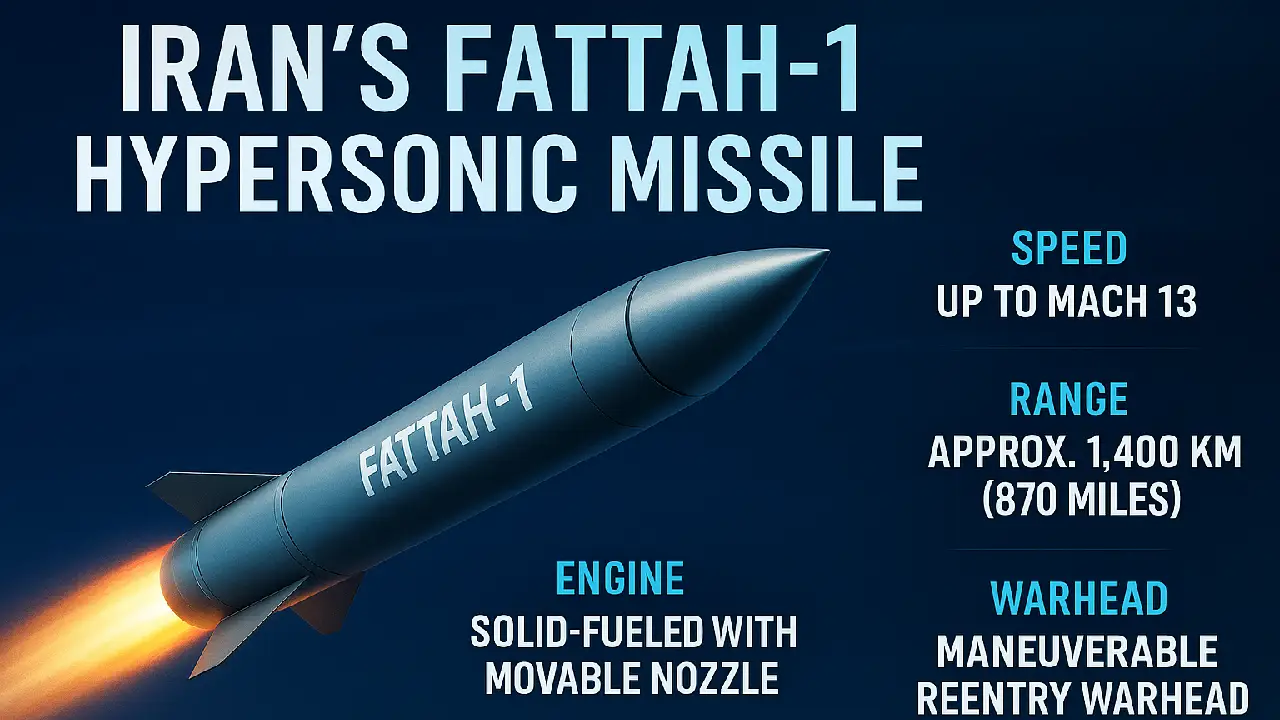When a plane crashes, the term “black box” frequently appears in news headlines. But what exactly is it? Why is it so important to aviation safety? And surprisingly-why isn’t it black?
The black box, officially known as the Flight Recorder, plays a vital role in understanding aircraft accidents and improving future air travel safety. In this blog, we’ll break down what it is, how it works, and why it continues to be one of aviation’s most critical technologies.

Purpose of a Black Box
A black box helps investigators determine what went wrong during a flight. It is made up of two primary components:
1 Flight Data Recorder (FDR): Records technical data from the aircraft.
2 Cockpit Voice Recorder (CVR): Records audio from the cockpit, including conversations, alarms, and
background sounds.
Together these two devices provide a comprehensive picture of an aircraft’s final moments.
Why Is It Called a Black Box If It’s Orange?
Despite the name, black boxes are actually bright orange. The term originated in the 1940s when wartime electronic devices were referred to as “black boxes” due to their hidden inner workings. However, for practical reasons, aviation recorders are painted orange to make them easier to locate in crash wreckage.
The first flight data recorders date back to the 1930s, when French engineer François Huss not created a device that recorded flight parameters onto photographic film. It was stored in a light-proof case-hence the name “black box.”

What Does the Black Box Record?
Flight Data Recorder (FDR):
The FDR captures more than 80 different types of data, including:
- Altitude
- Airspeed
- Engine performance
- Heading
- Flight control inputs
- Acceleration forces
Modern FDRs can record data for up to 25 hours in continuous loops.
Cockpit Voice Recorder (CVR):
The CVR records the last 2 hours of cockpit conversation, including:
- Pilot and co-pilot discussions
- Radio transmissions
- Engine noises
- Warning alarms
This data helps investigators understand the human factors involved in a crash, such as stress, decision-making, or technical malfunctions.
Built to Survive Extreme Conditions
A black box is one of the toughest devices ever built. It is engineered to survive:
- Crashes with impact forces of up to 3,400 Gs
- Fires with temperatures over 1,100°C (2,000°F) for 60 minutes
- Deep-sea pressures-up to 20,000 feet underwater
- Being submerged for long periods (often with a beacon that pings for up to 90 days)
The casing is made of titanium or stainless steel, with multiple layers of insulation and shock absorption.
How Are Black Boxes Recovered?
Black boxes are typically located in the tail section of an aircraft-the part least likely to be destroyed in a crash. They are equipped with an Underwater Locator Beacon (ULB) that starts emitting a “ping” once submerged in water.
This signal helps search teams locate the recorder, especially in ocean crashes. Once recovered, the data is extracted and analyzed by aviation authorities such as the National Transportation Safety Board (NTSB) or Air Accident Investigation Branch (AAIB).
How Black Boxes Improve Air Safety
Data retrieved from black boxes have played a crucial role in improving aviation regulations and aircraft design some well-known cases include:
- Air France Flight 447 (2009): Helped understand the role of pilot training and instrument failure.
- Malaysia Airlines Flight MH370 (2014): Led to global debates on the need for real-time flight tracking.
- US Airways Flight 1549 (2009): Confirmed the pilots’ actions during the “Miracle on the Hudson.”
Each black box investigation results in recommendations and reforms that make air travel safer.

The Future of Flight Recorders
Technology is evolving rapidly. New innovations are on the horizon, including:
- Deployable recorders that eject from the plane during a crash
- Live-streaming flight data to the cloud in real-time
- Enhanced video recording in cockpits
These advancements will make it easier to recover flight data even when a black box cannot be found.
Final Thoughts
The black box may be small, but its impact on aviation safety is monumental. It has solved mysteries, prevented future accidents, and saved countless lives. As air travel grows, so too will the technology that keeps us safe in the skies. Whether you’re an aviation enthusiast, frequent flyer, or student, understanding how black boxes work gives you a greater appreciation of the science behind flying safely.







